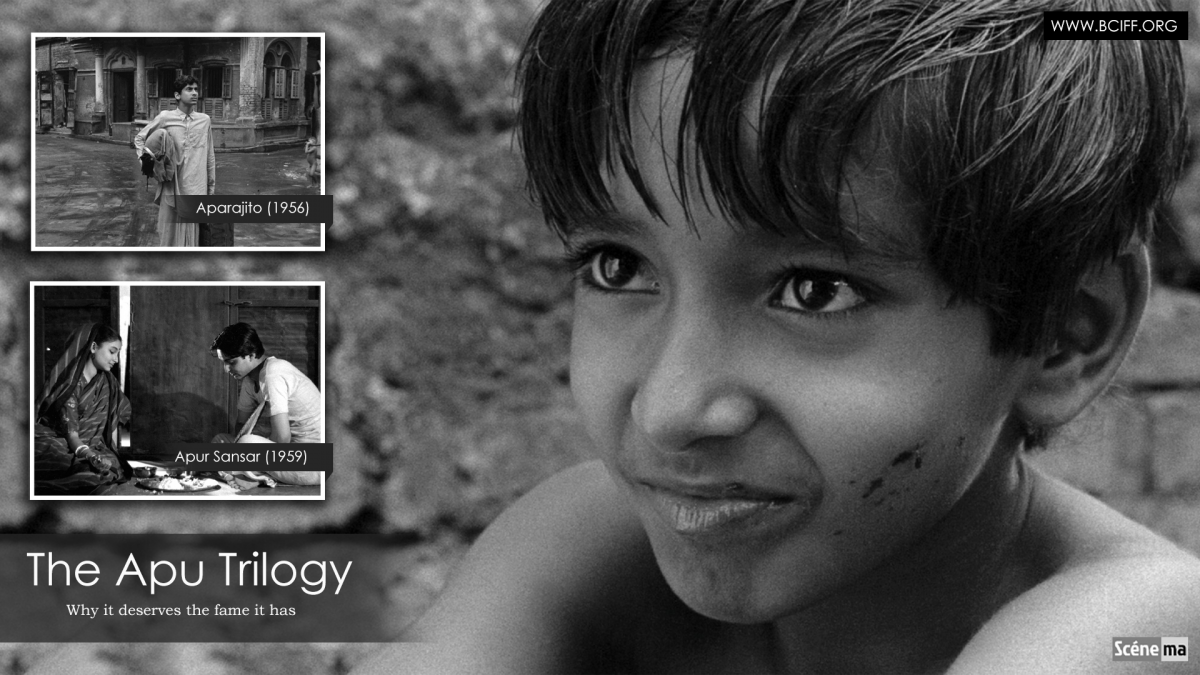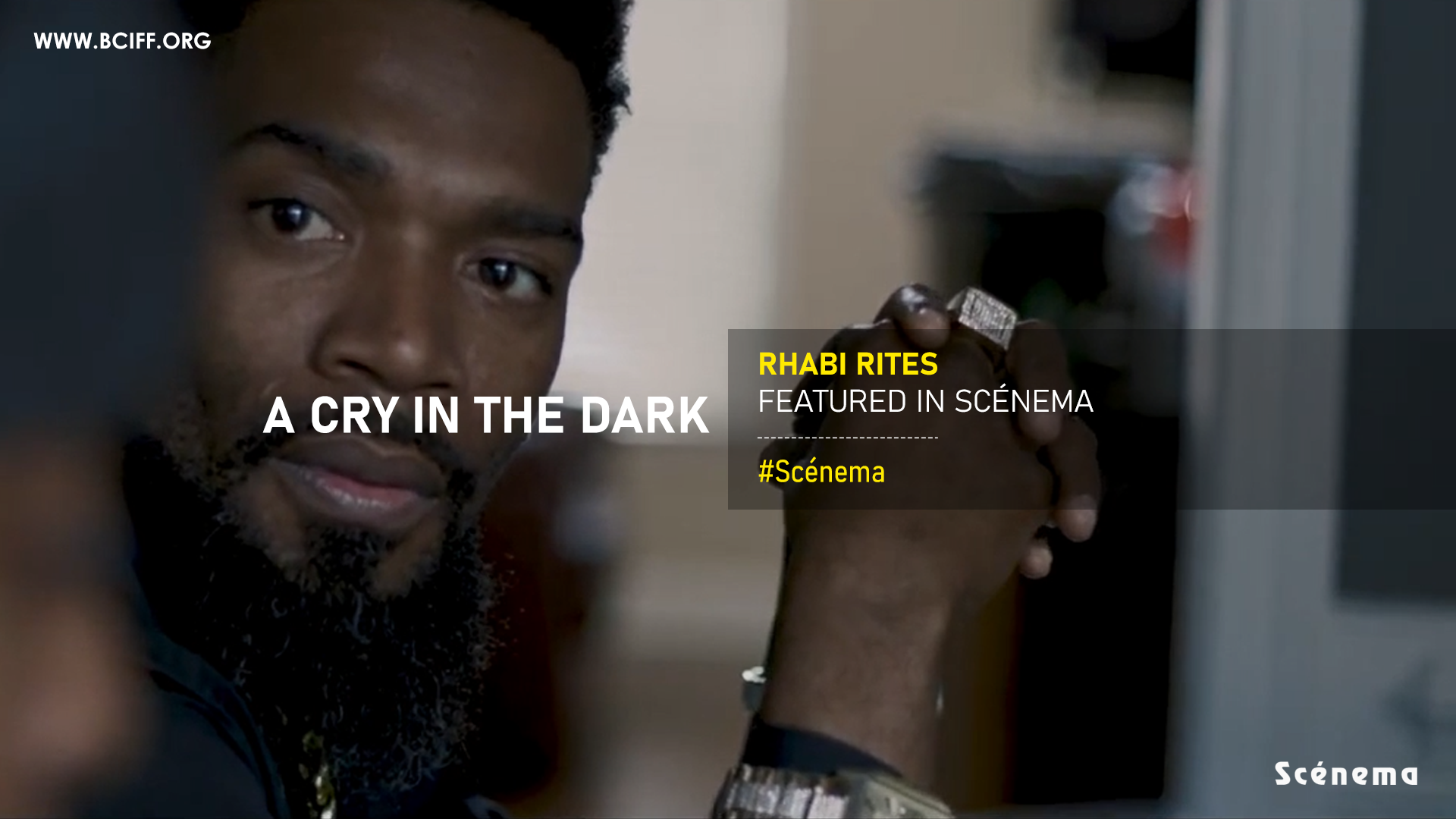India might not come under any quote unquote “New wave” film movement officially, but the world knows how Satyajit Ray, one of the three directors has rocked the stage of Indian New Wave starting from the 1950s. A director starting his journey with being inspired by Jean Renoir and Vittorio De Sica to influencing directors like Francois Truffaut, Martin Scorsese and Wes Anderson has made India’s face glittered in the international cinema world. By making his debut Pather Panchali which is essentially one of the three parts of The Apu Trilogy, Ray has become the face of Indian cinema.
The entire Apu Trilogy is adapted from Bhibhutibhusan Bandopadhyay’s two great novels Pather Panchali and Aparajito. The three consisting part of the trilogy are – Pather Panchali, Aparajito and The World of Apu. All the three films have been claimed to carry the best ever casting along with the most realistic background score. The presence of bengali icon Soumitra Chatterjee and Sharmila Tagore in the third part (The world of Apu) has gained worldwide attention for the intensity of the acting coupled with the depth of the story.
All three films from the trilogy tend to unveil the current scenario of the then kolkata and the financial instability of the bengali societies. Ray is often criticised for unveiling the poverty of Kolkata and exposing it to the world that would eventually bring the reputation of India downward. But apart from the criticism part, the filmmaking style of Apu trilogy has shaken the ground of world cinema. The Apu trilogy is sometimes quoted as “coming of age” narrative.
The first part of the trilogy concentrates on the casteist society system of the then Bengal and how a high caste poor family survived through the many odds of the world. The frames and music score used in the black and white visuals, has caught the attention of every film lover from different corners of the world.
Moving to the second part, the life of grown up Apu is painted again in extraordinary black and white frames bringing the mood of the exact time period the movie was shot. After the death of Apu’s father and mother, the protagonist is now an alone brilliant student in 50s kolkata seeking survival. The second part is called Aparajito and if translated into English, it means “The Unvanquished”. Hence, here is the story of the unvanquished, Apu, walking and triumphing through all the obstacles of financial instability and several social obligations.
The third part, being the most vulnerable and sensitive part of the all three, reminds us of the nature of truth and how it always wins. Ending his bachelor life, Apu comes under pressure to marry a girl (Sharmila Tagore) whose has been abandoned on her way to another marriage.later, being in love with each other they build up their happy family. But again another tremblant arrives in Apu’s life when the love of his life is demised at childbirth. Being egoistic and angry on the fact, apu tend to disown and escape from his own son. But later, as the destiny always works, he turns back to the same point of accepting the son. Because responsibility never lets you go easily.
The trilogy has gained worldwide popularity and unnumbered prestigious awards being screened in different film festivals in different countries. Ray’s own editing style along with patent direction has created the entire mood of the specified time zone of the then kolkata and its societal condition. The homebreadness approach of the film has always attracted foreign eyes to it and it will do the same in coming years!













